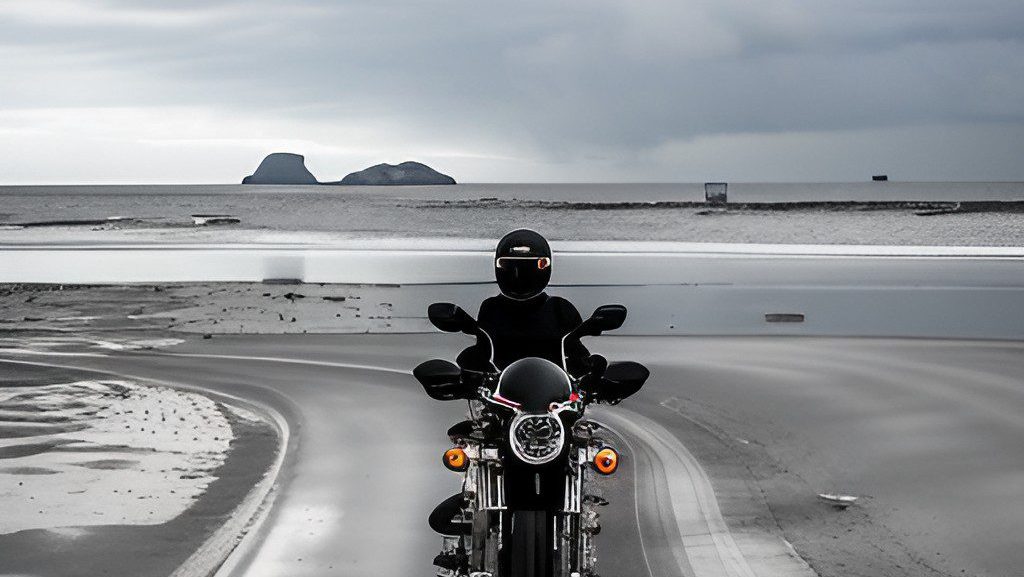Introduction
Travelling on a cruiser motorcycle opens up a world of new experiences and adventures, with each ride offering a unique blend of thrill, serenity, and excitement. There’s nothing quite like the feel of the wind in your face and the roar of the engine beneath you as you explore uncharted territories and scenic routes. However, a successful cruiser motorcycle adventure requires more than just a love for the open road. It involves meticulous planning, understanding of road etiquettes, respecting traffic rules, and being courteous to fellow adventurers. In this blog, we will explore how to make the most of your cruiser motorcycle adventures.
Choosing Your Route
When planning a cruiser motorcycle adventure, choosing your route is a crucial step. It’s not merely about selecting a destination, but appreciating the voyage that leads you there. Ponder on the kind of landscapes you want to traverse – do you prefer the serenity of coastal roads, the challenge of hilly terrains, or the buzz of cityscapes? Investigate the road conditions; well-maintained highways offer smooth rides, while off-beat paths might present unique challenges. Consider the distance and your riding capability. It’s important not to overestimate how far or long you can ride in a day; comfort and safety should always be paramount. Use mapping tools and online forums to get insights from fellow riders about the route. Remember, the joy of a cruiser motorcycle adventure lies in the journey, not just the destination. So, choose a route that offers a balance of exhilaration, beauty, and comfort.
Accounting for Rest Stops
On a long-distance motorcycle ride, rest stops are more than just mandatory breaks – they’re an opportunity to rest, refuel, regroup, and take in your surroundings. When planning your route, ensure to include periodic rest stops, ideally every 1-2 hours. Use this time to stretch your legs, hydrate, grab a bite, and give your bike a quick once-over for any potential issues. Rest stops also offer a chance to interact with locals and fellow riders, broadening your travel experience. Remember, fatigue can be a serious hazard on the road, so never underestimate the importance of regular breaks. Choose spots that are safe and offer basic amenities like food, fuel, and restrooms. Consider attractions along the route, such as viewpoints, historical landmarks, or local eateries – these will not only enhance your journey but make for unforgettable memories.
Understanding Road Etiquettes
Understanding and observing road etiquettes is essential for a smooth and enjoyable cruiser motorcycle adventure. These unwritten rules of the asphalt promote safety, respect, and cooperation among all road users. For motorcyclists, this could include using appropriate hand signals when changing lanes or turning, maintaining a safe distance from other vehicles, and using high beams responsibly to avoid dazzling other drivers. Moreover, avoid aggressive maneuvers such as weaving through traffic or revving your engine excessively. It’s crucial to remember that your actions on the road affect not only you but others as well. So, always prioritize safety, respect, and courtesy, thus ensuring a positive and enjoyable riding experience for yourself and others.
Respecting Traffic Rules
Adhering to traffic rules is not only a legal requirement but also a fundamental aspect of ensuring the safety of you and other road users. This includes obeying speed limits, understanding and following road signs, and refraining from dangerous behaviors such as tailgating or distracted driving.
Importance of Helmets
Wearing a helmet is an essential safety measure that significantly reduces the risk of serious injury in the event of an accident. Make sure your helmet is DOT-approved and fits snugly. It should provide good peripheral vision and sufficient ventilation for comfort during long rides.
Importance of Protective Gear
Beyond a helmet, other protective gear such as jackets, gloves, boots, and pants can provide crucial protection in the event of an accident. They can also protect you from the elements during your ride. Opt for gear made from durable materials like leather or reinforced synthetics, and consider features such as ventilation, waterproofing, and reflective components for visibility.
Being Courteous to Fellow Adventurers
As a motorcyclist on the road, you are part of a wider community of road users. Displaying courtesy to fellow travelers not only contributes to a more pleasant journey for everyone but also promotes safety on the roads.
Understanding the Concept of Sharing the Road
Sharing the road means acknowledging and respecting the presence of all types of road users – from cars and trucks to cyclists and pedestrians. It involves being observant, using signals correctly, not blocking the road unnecessarily, and above all, showing patience and consideration.
The Importance of Communication
Effective communication is key to road safety. This could mean using the correct hand signals to indicate your intentions, waving to acknowledge the courtesy of other motorists, or simply using your headlight signals sensibly. Good communication helps to avoid misunderstandings, fostering a safer and more enjoyable journey for all.
Conclusion
Embarking on a cruiser motorcycle adventure is an exhilarating experience that offers a unique sense of freedom, excitement, and discovery. However, a successful journey hinges upon meticulous planning, respect for traffic rules and road etiquette, and consideration for fellow road users. Remember that as a motorcyclist, you are more than a mere traveler; you are an integral part of a diverse community of road adventurers. As you revel in the joy of the open roads and the thrill of your journey, remember to ensure that your adventure is safe, respectful, and enjoyable for all. Happy riding!

